Iran-Israel war: What China won’t do for Iran
As Iran reconsiders its geopolitical bets post-conflict, turning to China may seem strategic. However, Beijing’s support is limited, conditional and rooted in its own long game, says academic Hao Nan.
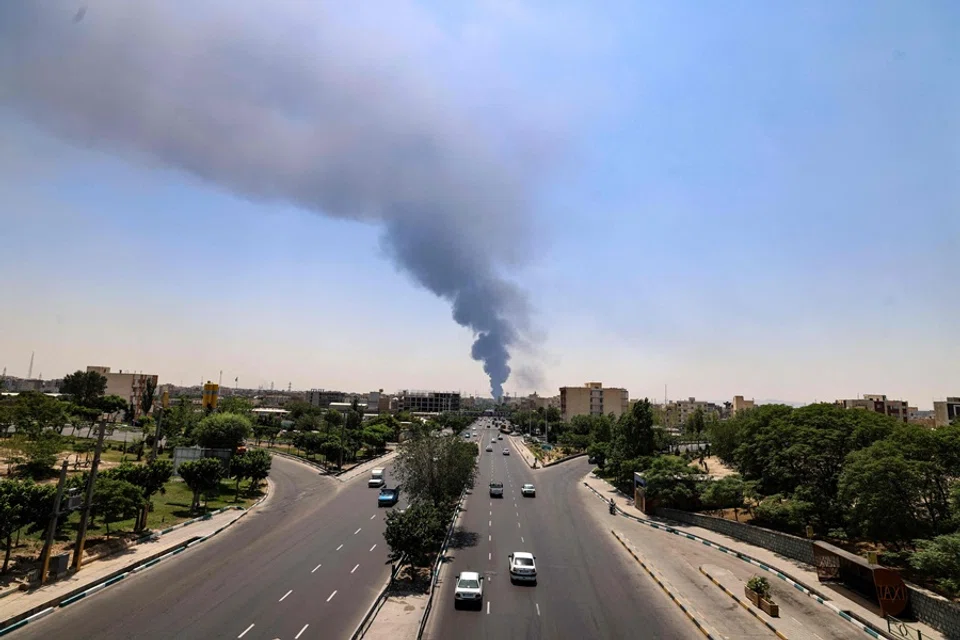
The conclusion of the recent 12-day Israel-Iran war has reshaped Tehran’s strategic outlook — not only regarding its nuclear programme but also in terms of broader geopolitical alignment. On 25 June, Iran’s parliament voted overwhelmingly (221-0) to suspend all cooperation with the UN’s nuclear watchdog, the International Atomic Energy Agency (IAEA), and Foreign Minister Abbas Araghchi reaffirmed Tehran’s determination to pursue its nuclear programmes.
Parliament Speaker Mohammad Baqer Qalibaf’s fiery condemnation — accusing the IAEA of putting its “international credibility up for sale”, and commitment to “move at a faster pace with the country’s peaceful nuclear programme”, also underscores Tehran’s deep disillusionment with the international non-proliferation framework.
The parliament’s legislative move is awaiting final ratification by the powerful Supreme National Security Council. While this defiance of Western pressure is not new, the implications this time reach beyond uranium enrichment: they might unveil a pivot in Iran’s foreign policy outlook, most likely toward China.
For Iran, which has historically diversified its arms sources, the future may increasingly point eastward — to Chinese-made drones, missiles, and perhaps even early-warning systems.
Shell-shocked, Iran takes stock
Despite deep military-technical cooperation, Iranian forces witnessed the relative underperformance of Russian-supplied air defence and missile systems against advanced Western, primarily Israeli and US, capabilities. The effectiveness of Israeli operations, involving cyber-attacks and tactical drone strikes deep within Iran, exposed vulnerabilities that Russian technology could not mitigate. This contrasts sharply with the perceived success of China-equipped Pakistan in deterring and repelling India.
For Iran, seeking credible deterrence against future strikes, Russian systems alone appear insufficient. This juxtaposition is hard to ignore: China’s defence systems and integrated military-industrial offerings now appear more appealing to Tehran than those of Moscow. For Iran, which has historically diversified its arms sources, the future may increasingly point eastward — to Chinese-made drones, missiles, and perhaps even early-warning systems.
More consequential, however, is Iran’s reassessment of the value of nuclear capability as a bargaining tool.
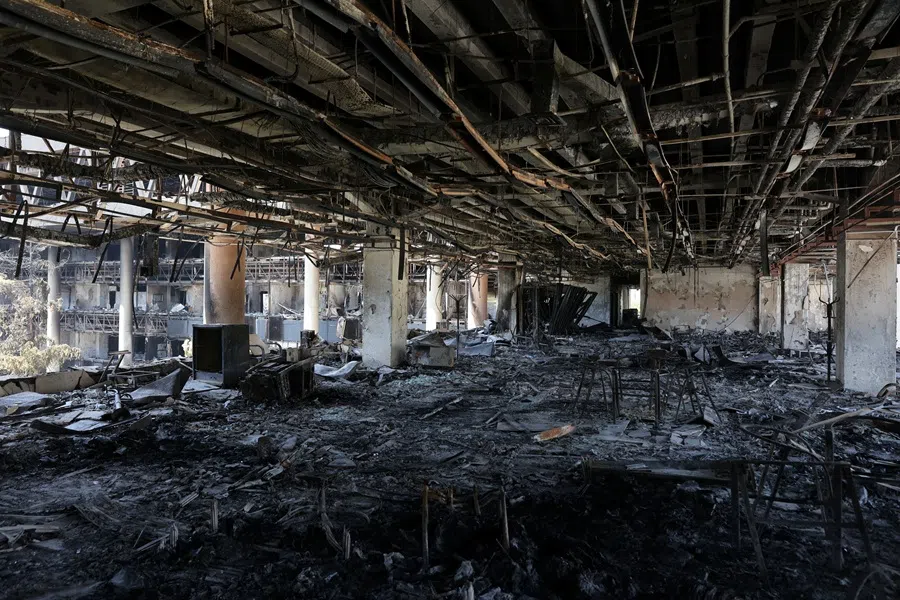
The Trump administration’s abrupt entry into the war on Israel’s side, under the guise of negotiation invitations, launching strikes with massive bunker-buster bombs on Fordo, Natanz, and Isfahan, perhaps shattered any residual Iranian belief that the US could offer reliable security guarantees or binding diplomatic terms. President Trump’s boasts of “obliterating” Iran’s programme — contradicted by early US intelligence assessments suggesting only months of setback — and musings about “regime change”, reinforced Tehran’s deepest suspicions.
This, plus the Trump administration’s withdrawal from the Joint Comprehensive Plan of Action (JCPOA), would inevitably reinforce what North Korea has long understood: possessing nuclear weapons, and demonstrating the capability to use them, commands far greater respect at the negotiating table than mere potential.
Pyongyang has leveraged its nuclear arsenal to extract concessions and secure regime security. Most recently, Kim Jong Un reportedly rejected Trump’s personal letter for talks, but the White House remained receptive. Tehran, still officially a non-nuclear weapons state, has seen how ambiguity and compliance yield little strategic benefit in return.
This desperation makes deeper integration into China’s alternative economic networks not just attractive, but essential.
Driving Iran into China’s arms
This realisation comes amid another enduring reality: with Western sanctions tightening further in the wake of the conflict and no diplomatic off-ramp in sight, Iran’s crippled economy faces existential pressure. The war damaged critical energy infrastructure like refineries and sea ports, exacerbating domestic energy shortages and public discontent. Traditional outlets for oil revenue remain severely constrained.
This desperation makes deeper integration into China’s alternative economic networks not just attractive, but essential. The arrival of the first direct Chinese freight train at Iran’s Aprin Dry Port in late May symbolises this nascent connectivity, part of a broader strategy to anchor Iran within China’s Belt and Road Initiative (BRI) via Pakistan and Central Asia.
China’s BRI, particularly its western corridor through Pakistan and Central Asia, offers Iran a potential lifeline: infrastructure financing, trade connectivity and limited sanctions insulation. Pakistan, leaning towards Iran for the Muslim identity, and Central Asia, recently and rarely signing a collective Treaty of Permanent Good-Neighborliness and Friendly Cooperation with China, would be supportive in joining Chinese efforts in stabilising the neighbourhood with economic and infrastructure development.
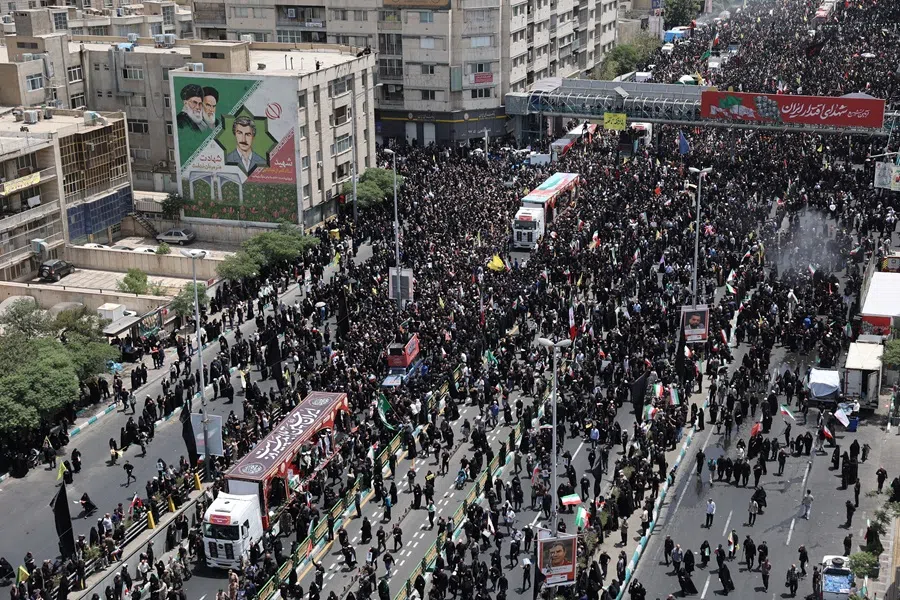
Iran’s likely pivot might manifest in several strategic arenas. In trade and energy, Iran might expect oil agreements routed through intermediaries that skirt US sanctions. Investments in Iranian ports and logistics hubs will likely intensify, integrating Iran into the broader Eurasian economy. In military and technological domains, Tehran will quietly seek Chinese dual-use systems — surveillance, drone guidance and cyber capabilities — to reinforce its deterrence and harden its nuclear infrastructure.
Diplomatically, China can offer Iran vital cover. At the UN Security Council, Beijing can veto punitive resolutions and shift global narratives. While Foreign Minister Abbas Araghchi’s immediate consultations in Moscow highlight traditional ties, it is China’s global influence that now matters more. Iran is betting that Beijing’s rising power can shield it from Western retribution — at least enough to pursue its strategic aims without fear of isolation.
China is unlikely to offer mutual defence commitments, seek entanglement in the Middle East’s sectarian, political or military conflicts, or endorse Iran’s crossing of the nuclear weapon threshold.
China would only offer calculated support
Yet Iran should harbour no illusions. China’s potential support would be calculated, not altruistic. Beijing views Iran as a strategic asset: a gateway to energy and mineral resources, a market for expansion, a client in need, a node among many in its wider Eurasian strategy, an entry point into Middle East’s geoeconomics and broader Asia-Europe connectivity, and as a tool to distract and dilute US focus from the Indo-Pacific. China is unlikely to offer mutual defence commitments, seek entanglement in the Middle East’s sectarian, political or military conflicts, or endorse Iran’s crossing of the nuclear weapon threshold.
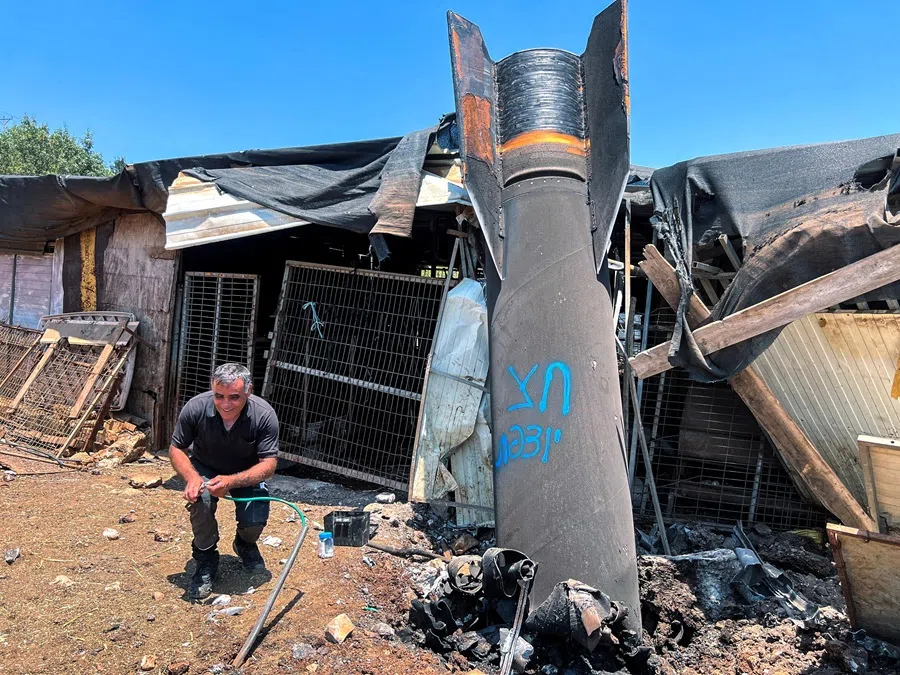
China would be wary of triggering secondary sanctions or endangering ties with Gulf Arab states, Israel, or the US. Its primary goal is not to make Iran a nuclear power per se, what it seeks is leverage — over Iran, over Washington and over a crumbling US-dominated order. Tehran may think it is gaining a partner; in truth, it is entering a complex dependency with a power that plays the long game. What Tehran can gain from this pivot is time, leverage and a degree of economic breathing room.
Post-conflict realignment
Still, Iran’s path forward is fraught with risks. Resuming uranium enrichment, potentially edging toward weaponisation, will likely provoke more Israeli threats and potentially preemptive strikes. The Gulf remains tense. And China, while useful, will not shield Tehran from all consequences. Should conflict escalate, Beijing may distance itself, seeking to protect its energy flows and BRI investments.
In this volatile mix, what emerges is perhaps a picture of a pragmatic Iran — burned by Western duplicity, disappointed by Russian lethargy, and cautiously courting China not as a saviour, but as a necessary pillar of survival and resilience. For Tehran, the post-conflict moment is not one of isolation but realignment. And for the world, it is a reminder that in a fragmented global order, geopolitical gravity is slowly but surely shifting eastward.




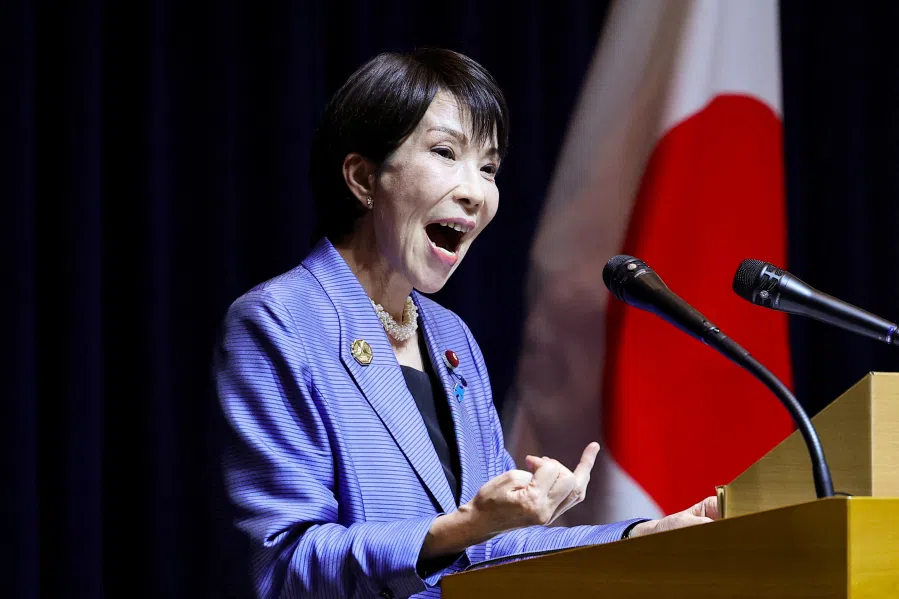
![[Big read] China’s 10 trillion RMB debt clean-up falls short](https://cassette.sphdigital.com.sg/image/thinkchina/d08cfc72b13782693c25f2fcbf886fa7673723efca260881e7086211b082e66c)